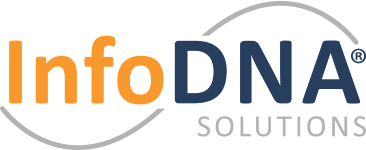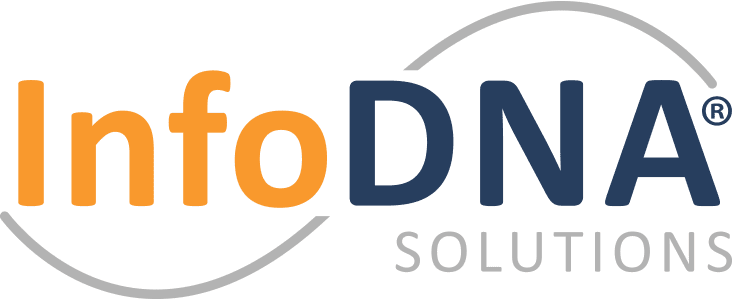
Most organizations and departments have a mandate to continuously improve operations. A conventional change agenda involves better tools and technology, better behaviors, and better processes, all focused on generating better efficiencies and improved productivity – a transition called “DIGITAL TRANSFORMATION“.
Ultimately, Digital Transformation extends beyond conventional change. Digital Transformation is about doing things differently – and doing different things as well. And different not just for the sake of being different, but in support of the key strategic objectives facing every organization in the age of digital disruption.
In other words, Digital Transformation is not about incremental process improvement. Digital Transformation is about using information in brand new ways.
So, if information is the fuel driving this car, let’s take a look at the current state of the fuel. Let’s see how capable we are to properly manage and protect our shiny new asset manually.
 1. Your Information is More Valuable
1. Your Information is More Valuable
As the currency that fuels and funds this journey, information is an organization’s most valuable asset. This means that the focus for information management must become broader than simply reducing information-based costs and risks; while this is important, it is insufficient. Rather, organizations need to focus on how to effectively monetize their information assets, directly and indirectly, in order to move the organization forward. Organizations need to move up the information management value chain from simply mitigating risk and cost to creating value.
 2. You Have More Information Now than Ever Before
2. You Have More Information Now than Ever Before
On average, organizations expect the volume of information coming into their organizations to grow from X to 4.5X over the next two years.
And to make matters worse, it’s not just a volume issue. It’s a variety issue as well. These same organizations expect more than 57% of this information to be unstructured (like a contract or a conversation) or semistructured (like an invoice or a form).
Simply put, the volume, velocity, and variety of information that most organizations need to manage, store, and protect now exceeds their ability to even marginally keep pace.
This rising tide of information chaos and confusion imperils the process automation journeys of many organizations.
 3. Manual Approaches Will No Longer Do
3. Manual Approaches Will No Longer Do
It is the convergence of these twin forces – information volume and information variety – that makes process automation so challenging. The reality is that the task can no longer be handled by traditional manual approaches, many of which were based upon a paper paradigm. Something needs to change.
That “something” is the automation of information governance.
Automation is the Key Ingredient
In an era with rising levels of BOTH information chaos AND customer expectations, it is more critical than ever before that organizations make a commitment to move away from manual governance. As the stakes for digital competence rise, organizations put their very existence at stake if they do not automate the processing of information wherever and whenever they can.
However, making this case about governance automation to executives and senior management is no easy task. While executives care about the importance of protecting their information assets, they don’t care about the how. Good governance can be described like sausage – your executives just want the sausage, they don’t want to know how it’s made.
InfoDNA Solutions is in the business of educating those executives to understand a ‘better tomorrow’, build the business case and execute on the migration plan. The ‘size of the problem’ is never too small or too large with the right automation – and InfoDNA Solution’s TOPLA solutions is designed to take on any level of complexity.
Learn more at www.infodnasolutions.com




